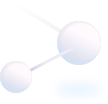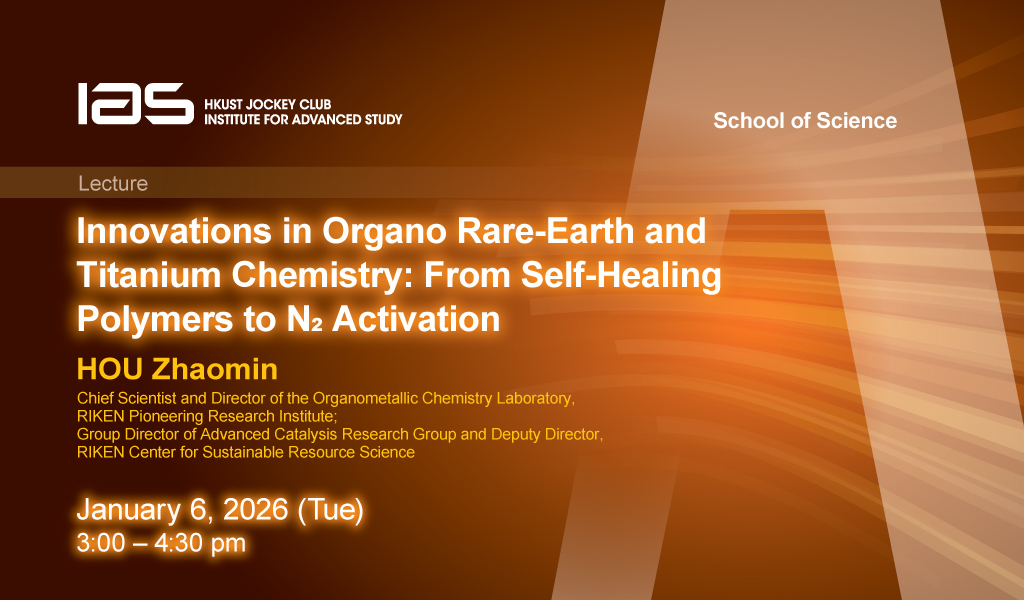更多科大概覽
For gas dynamics equations such as compressible Euler and Navier-Stokes equations, preserving the positivity of density and pressure without losing conservation is crucial to stabilize the numerical computation. The L1-stability of mass and energy can be achieved by enforcing the positivity of density and pressure during the time evolution. However, high order schemes such as DG methods do not preserve the positivity. It is difficult to enforce the positivity without destroying the high order accuracy and the local conservation in an efficient manner for time-dependent gas dynamics equations. For compressible Euler equations, a weak positivity property holds for any high order finite volume type schemes including DG methods, which was used to design a simple positivity-preserving limiter for high order DG schemes by Zhang and Shu in 2010. Generalizations to compressible Navier-Stokes equations are however nontrivial. We show that weak positivity property still holds for DG method solving compressible Navier-Stokes equations if a proper penalty term is added to the scheme. This allows us to obtain the first high order positivity-preserving schemes for compressible Navier-Stokes equations.
6月18日
11:00am - 12:00pm

地點
Room 3472, Academic Building, (Lifts 25-26), HKUST
講者/表演者
Prof. Xiangxiong Zhang
Purdue University
Purdue University
主辦單位
Department of Mathematics
聯絡方法
mathseminar@ust.hk
付款詳情
對象
Alumni, Faculty and Staff, PG Students, UG Students
語言
英語
其他活動

1月6日
研討會, 演講, 講座
IAS / School of Science Joint Lecture - Innovations in Organo Rare-Earth and Titanium Chemistry: From Self-Healing Polymers to N2 Activation
Abstract
In this lecture, the speaker will introduce their recent studies on the development of innovative organometallic complexes and catalysts aimed at realizing unprecedented chemical trans...


